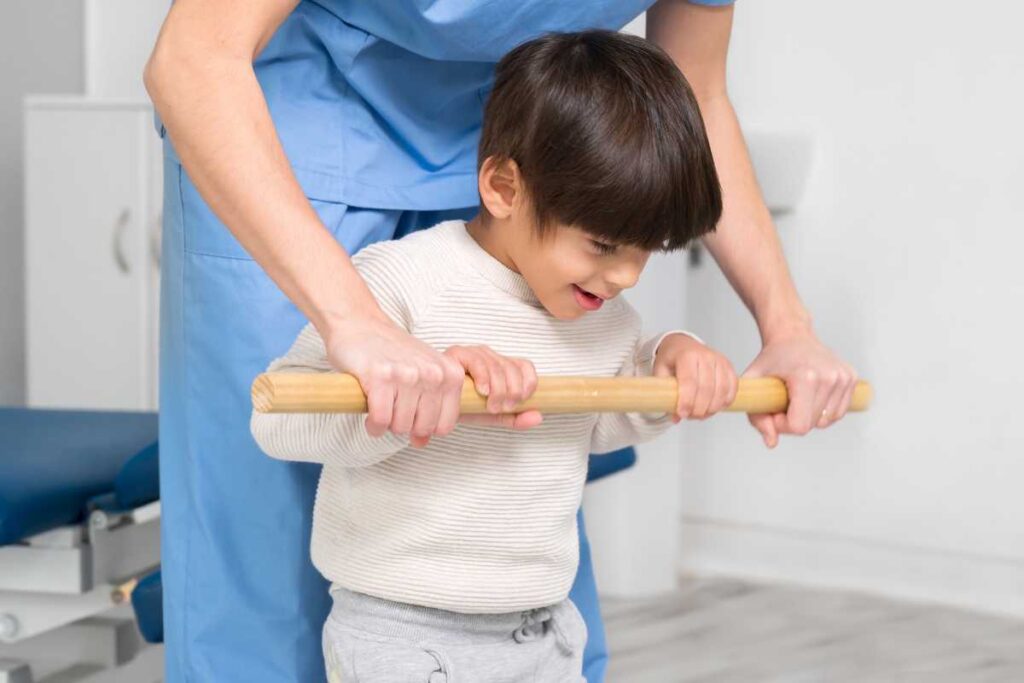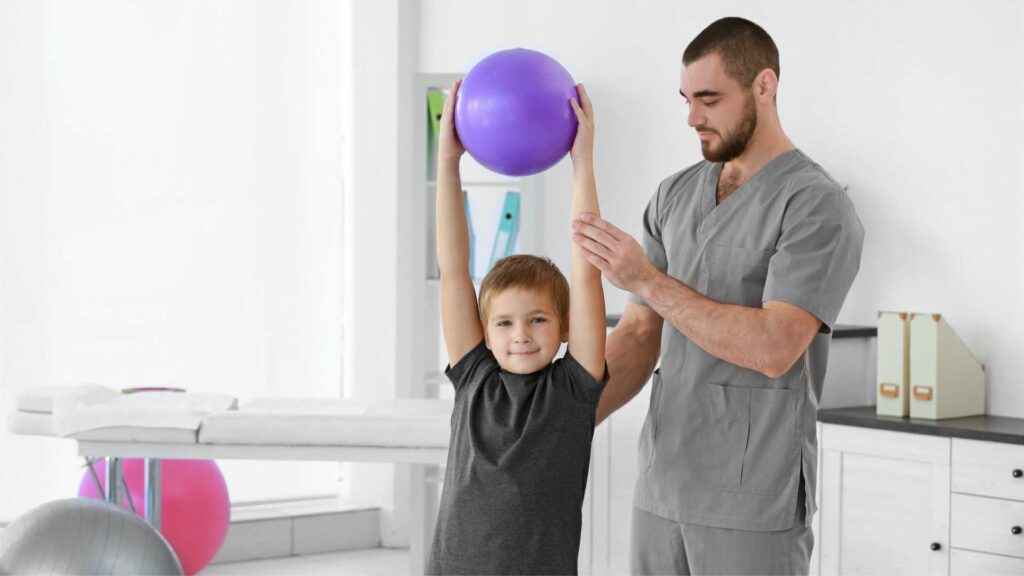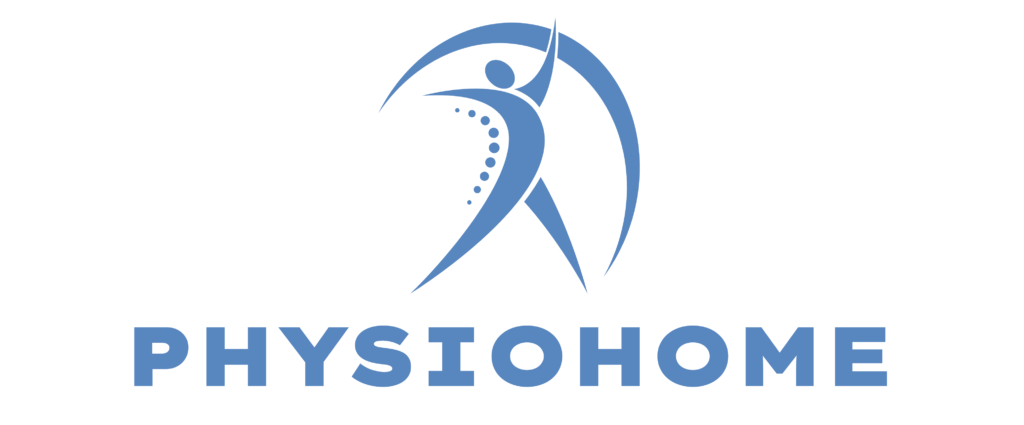In the realm of pediatric healthcare, the promotion of mobility is not just about physical movement; it’s about fostering growth, development, and independence in children. The ability to move freely and with confidence is crucial for their overall well-being and future prospects. Empowering pediatric mobility involves a multifaceted approach that integrates advanced tools, specialized techniques, and a supportive environment. Let’s explore some key aspects of this empowering movement:
Understanding Pediatric Mobility:

Pediatric mobility encompasses the physical ability of children to move around and interact with their environment. This includes crawling, walking, running, and engaging in various activities that promote motor skills development. For children with disabilities or mobility impairments, achieving and enhancing mobility often requires tailored interventions and ongoing support.
Tools for Enhancing Mobility:
Adaptive Mobility Aids:
These aids include wheelchairs, walkers, and mobility scooters designed specifically for children. Advances in technology have led to lighter, more maneuverable devices that enhance comfort and functionality.
Wheelchairs:
Wheelchairs are perhaps the most recognizable adaptive mobility aid, providing essential mobility support for children with mobility impairments. Modern wheelchairs come in a variety of designs, from manual to powered options, each tailored to suit different levels of mobility and user preferences. Lightweight materials and ergonomic designs ensure that wheelchairs are not only functional but also comfortable for extended use. Customizable features such as adjustable seat height, reclining backrests, and specialized cushions further enhance comfort and support for children with varying physical needs.
Walkers and Gait Trainers:
Walkers and gait trainers are essential aids for children who require support to maintain stability and improve their walking abilities. These devices are designed to provide balance and support while allowing children to practice and strengthen their walking skills. Adjustable height settings, hand grips, and supportive frames ensure safety and confidence during mobility exercises. Gait trainers, in particular, are structured to encourage proper gait patterns and muscle development, facilitating a gradual transition to independent walking.
Mobility Scooters:
Mobility scooters offer an alternative mobility solution for children with more significant mobility impairments or conditions that affect their ability to walk long distances. These scooters are maneuverable and designed for both indoor and outdoor use, featuring comfortable seating, intuitive controls, and safety features such as anti-tip wheels and adjustable speed settings. Battery-powered options ensure extended mobility without the physical exertion required by traditional walking aids.
Standing Frames:
Standing frames play a crucial role in promoting health and preventing complications associated with prolonged sitting for children with limited mobility. These devices support children in an upright position, facilitating weight-bearing activities that promote bone density, circulation, and overall musculoskeletal health. Standing frames are adjustable to accommodate growth and individual needs, allowing children to engage in activities at eye level with peers and caregivers.
Transfer Aids:
Transfer aids assist in safely moving children between different surfaces, such as from a wheelchair to a bed or a toilet. Devices such as transfer boards, sliding mats, and hoists reduce the physical strain on caregivers while ensuring the safety and comfort of children during transfers. These aids are designed to promote independence wherever possible, allowing children to participate actively in daily routines with minimal assistance.
Adaptive Seating and Positioning Systems:
Adaptive seating and positioning systems are tailored to provide optimal support and comfort for children with complex postural needs. These systems include specialized cushions, backrests, and supports that promote proper alignment and stability while seated. Customizable options ensure a precise fit, accommodating variations in body size, posture, and functional abilities.
Orthotics and Prosthetics:
Custom-made orthotic devices and prosthetics play a vital role in supporting and improving mobility for children with limb differences or musculoskeletal conditions.
Assistive Devices:
From crutches to canes and specialized grips for utensils, assistive devices help children with temporary or permanent mobility challenges navigate their daily lives more independently.
Techniques for Mobility Enhancement:

Physical Therapy: Tailored physical therapy programs are essential for improving strength, coordination, and motor skills. Therapists work closely with children and their families to set achievable goals and provide ongoing support.
Occupational Therapy: Occupational therapists focus on enhancing children’s ability to perform daily tasks independently, which often includes mobility-related skills such as dressing, feeding, and self-care.
Hydrotherapy: Water-based therapy sessions can be highly beneficial for children with mobility issues, as the buoyancy of water reduces stress on joints while providing resistance for strengthening muscles.
Creating an Empowering Environment:
Accessible Infrastructure: Schools, playgrounds, and public spaces should be designed to accommodate children of all abilities, ensuring inclusivity and promoting active participation.
Educational Support: Educating parents, caregivers, and educators about the importance of mobility and how to support children with diverse needs fosters a supportive ecosystem for the child’s development.
Psychosocial Support: Addressing the emotional and social aspects of mobility challenges is crucial. Building self-confidence and resilience in children helps them navigate societal perceptions and challenges associated with their mobility.
Innovations and Future Directions:
Advancements in pediatric mobility are continuously evolving. From exoskeletons that assist with walking to virtual reality tools for rehabilitation, technology holds promise for further enhancing children’s mobility and quality of life.
Conclusion:
Empowering pediatric mobility is not merely about overcoming physical barriers; it’s about enabling children to explore, learn, and thrive. By leveraging advanced tools, specialized techniques, and a supportive environment, healthcare providers, educators, and families can collectively contribute to the holistic development of children with mobility challenges. Together, we can ensure that every child has the opportunity to move forward with confidence and independence, paving the way for a brighter and more inclusive future.
In embracing this empowering movement, we not only enhance mobility but also empower the potential of every child to reach their fullest capabilities. Contact us today at Physio Home, located in Ras Al Khaimah, United Arab Emirates, to discover how we can support your child’s journey towards enhanced mobility and overall well-being. Whether through personalized therapy programs, advanced mobility aids, or supportive care, we are committed to empowering the potential of every child to reach their fullest capabilities.
Let’s embark on this empowering movement together, ensuring that every child can thrive and embrace a life filled with possibilities. Reach out to Physio Home today and take the first step towards a brighter future for your child.

